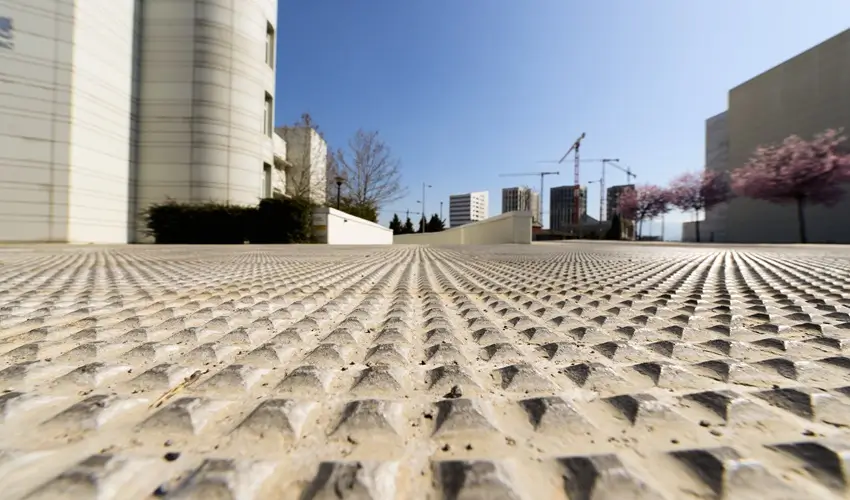
Innovative Uses of Concrete Mats in Landscaping and Roadwork
Concrete mats refer to paving systems used in road construction, landscaping, and other applications. Concerning durability, flexibility, and cost, concrete pavers have so much to impart in the process of enhancing outdoor projects. Concrete mats are becoming integral parts of landscape and infrastructure projects where quality materials are increasingly needed. The mats are highly valued for their resilience, easy installation, and harsh weather resistance, making them ideal for diverse applications.
Paths and Trails with Landscaping
Landscaping pathways and trails are another popular application of concrete mats. The concrete spoon drain has many different textures and patterns, both aesthetically and practically appealing. From using them to construct a garden path or walking trail, concrete mats offer a durable, level surface that resists foot traffic, the elements, and the hands of time.
In contrast to traditional concrete pouring, mats are faster and easier to install and thus a budget-friendly landscaping choice for professionals wishing to beautify the outdoors without much disruption.
Erosion Control
Concrete mats are also commonly used to control erosion. Installed on riverbanks and slopes, they function as barriers to prevent soil from being washed out by heavy rains or flooding. The system uses matting to hold the soil but allows water to pass through.
The capability can be especially useful in high water flow areas, where conventional methods do not work. Concrete mats offer a permanent solution to the erosion issue, with the landscape being held and the gaps providing space for plant growth, making the area more stable.
Roadwork and Parking Areas
Concrete mats are also commonly utilized for road work purposes to provide stability on the surface, particularly where the ground is unstable or fills tend to shift. The mats are put down to develop a long-lasting base for road surfaces or parking lots so that they don’t crack and weaken with time.
They are used to impart load-distributing abilities, which are crucial in heavy-duty uses like high-traffic areas or construction sites. Moreover, concrete mats also serve the purpose of temporary roads (for instance, on building construction sites) to offer safe movement of vehicles without disturbing the underlying soil or surface.
Drainage Solutions
Concrete mats also find use for innovative drainage solutions. Using a concrete spoon drain, these mats aid in water path control. Concrete mats channel water away from buildings and also prevent flooding where puddling is typical.
The mats are made of a porous material through which water can pass but which supports the ground beneath it. This is appropriate for areas that require effective water drainage, such as gardens, lawns, and sports fields.
Sustainability in Construction
Concrete mats are also a sustainable building option. As environmental issues escalate, these mats are made to last long without much maintenance, avoiding constant repair or replacement.
Their application in landscaping and roadwork construction can lead to an extensive reduction of carbon footprint through the minimization of waste and preservation of resources. One of the shared characteristics of concrete mats is that they are made from recycled materials. Using these mats on projects promotes sustainability while ensuring durability and functionality for many years to come.
The usage of concrete mats is short- and long-term in roadwork construction and landscaping, among others. They provide drainage, and stability, and reduce maintenance. Concrete mats are ideal for most applications, including concrete spoon drains for effective water flow management and walkways to beautify a garden with a long-lasting design.



